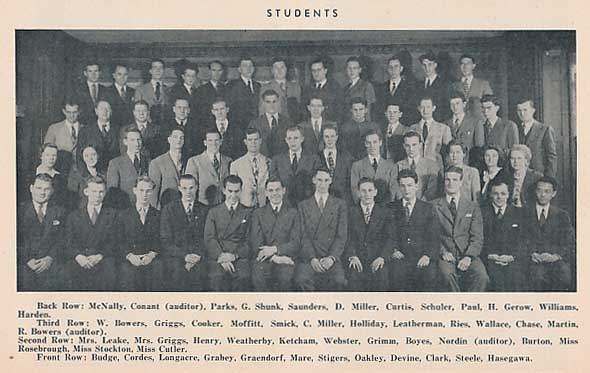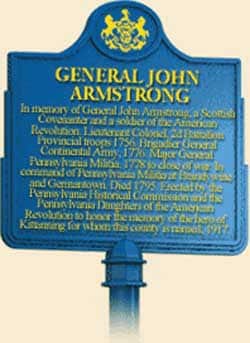True Empathy
Two close friends, both pastors, both facing the struggle against cancer. One, the president of a small theological seminary, the other a world renown theologian. Here in this letter, preserved at the PCA Historical Center, Dr. Francis Schaeffer writes to comfort and counsel his friend, Dr. Robert G. Rayburn. The letter provides a wonderful insight into Schaeffer’s view of death and dying, and more than that, his view of the nature of the Christian life, as overseen by the providence of God. The letter also provides us a very characteristic example of Schaeffer’s pastoral concern for others. Dr. Schaeffer was called home to glory just three years later, in 1984, while Dr. Rayburn entered into his eternal reward in 1990.
Francis Schaeffer letter to Dr. Robert Rayburn, March 1981
Dear Bob:
Thank you for your letter of March 5. It was so good to have the news directly from you. Of course, both you and I know that unless the Lord heals us completely that once we have faced the question of cancer we always must also face the possibility of re-occurrence. With modern medicine, and I am sure prayer very much goes hand in hand with it, there is a possibility of the thing being controlled even if the Lord does not heal us completely… I hope for both of us that we will really “beat the whole thing” by meeting the Lord in the air. However, if that is not the case, maybe we will both die from 63 other things or an automobile accident. Living this way has one advantage and that is we have had brought into sharp focus the reality of what is true for everybody from conception onward and that is that we are all mortal in this abnormal world.
In my own case, of course, if I could wave a wand and be rid of the lymphoma I would do it. Yet in my own case, in looking back over the whole two-and-a-half years since I have known I have lymphoma, there has been more that has been positive than negative. That is true on many levels and I am not just thinking of some vague concept of understanding people better, though I guess that is true as well. Rather, in the total complex of everything that has happened, I am convinced that there is more positive than negative. I am so glad that though I increasingly am against any form of theological determinism which turns people into a zero and choices into delusions, yet I am also increasingly conscious of the fact that Edith and I have been, as it were, carried along on an escalator for the entirety of our lives. I am left in awe and wonder with all this, and I very much feel the escalator is still in operation, not just in this matter of health, but in the battles that beset us on every side.
I wonder if you have read my article “The Dust of Life” in the current (March) issue of Eternity. I think you would enjoy some of the ideas there. The article was not born out of abstract thinking but asking, as I saw the struggles of the younger Christians, what the real balance of life was so as not to have a plastic smile on our face and yet have an affirmation of life rather than a negation of it….
Thank you for plunking out the letter on the electric portable when it was costly to you. Edith sends her love to LaVerne and to you along with my own,
In the Lamb,
/signed, Francis A. Schaeffer/


